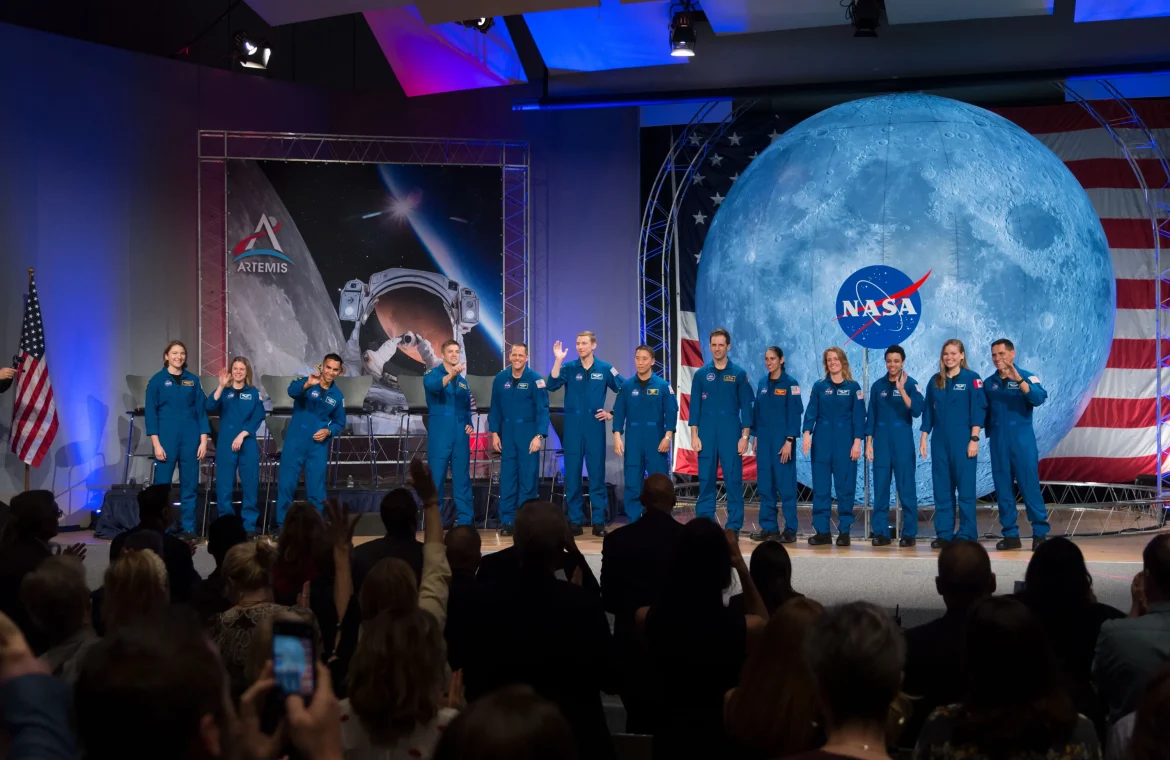Jupiter, the largest planet in our solar system, has long captivated the imagination of scientists and space enthusiasts alike. As one of the most prominent features of our cosmic neighborhood, Jupiter continues to reveal its mysteries through the groundbreaking research conducted by NASA’s spacecraft and missions. In this article, we delve into 10 fascinating facts about Jupiter shared by NASA, shedding light on the awe-inspiring characteristics and phenomena of this gas giant.
Massive Size: Jupiter’s colossal size sets it apart as the largest planet in our solar system, with a diameter of approximately 142,984 kilometers (88,846 miles)—over 11 times that of Earth. Its immense mass, equivalent to about 318 times that of Earth, exerts a powerful gravitational influence on its surroundings, shaping the dynamics of the entire Jovian system.
Striking Appearance: Jupiter’s iconic banded appearance, characterized by alternating bands of light and dark clouds, is a result of its dynamic atmosphere. These colorful bands, composed primarily of ammonia crystals and other compounds, are driven by powerful winds that can reach speeds of up to 600 kilometers per hour (370 miles per hour).
Great Red Spot: One of Jupiter’s most famous features is the Great Red Spot, a massive storm that has been raging for centuries. This colossal storm, which is larger than Earth itself, creates a distinctive oval-shaped pattern in Jupiter’s atmosphere and is believed to be a high-pressure region with swirling winds.
Multiple Moons: Jupiter boasts a diverse array of moons, with over 79 known satellites orbiting the planet. Among its most notable moons are the four largest—Io, Europa, Ganymede, and Callisto—known as the Galilean moons, which were discovered by the astronomer Galileo Galilei in 1610.
Io’s Volcanic Activity: Io, the innermost of Jupiter’s Galilean moons, is renowned for its intense volcanic activity. This geologically active moon is dotted with hundreds of volcanic eruptions, spewing sulfur dioxide and other volcanic gases into its tenuous atmosphere, creating a dramatic and ever-changing landscape.
Europa’s Subsurface Ocean: Europa, one of Jupiter’s moons, has long fascinated scientists due to its potential for harboring life. Beneath its icy crust lies a vast subsurface ocean of liquid water, kept in a liquid state by tidal heating generated by Jupiter’s gravitational pull. This ocean may provide a habitable environment for microbial life forms.
Ganymede: Largest Moon in the Solar System: Ganymede, the largest moon in our solar system, is even larger than the planet Mercury. This moon boasts a diverse terrain, including impact craters, grooved terrains, and icy plains, making it a subject of interest for planetary scientists seeking to understand its geological history.
Magnetic Field: Jupiter possesses a powerful magnetic field, the strongest of any planet in our solar system. This magnetic field extends far into space, creating a vast magnetosphere that interacts with the solar wind and influences the dynamics of Jupiter’s moons and surrounding environment.
Rapid Rotation: Jupiter spins on its axis at a rapid rate, completing a full rotation in just under 10 hours. This rapid rotation results in a flattened shape, with the planet’s equatorial regions bulging outward due to centrifugal forces.
Exploration by NASA: NASA has conducted several missions to study Jupiter and its moons, including the Juno spacecraft, which arrived at Jupiter in 2016. Juno’s mission aims to unlock the secrets of Jupiter’s interior structure, atmosphere, and magnetic field, providing valuable insights into the planet’s origins and evolution.
Jupiter, with its immense size, dynamic atmosphere, and intriguing moons, continues to captivate our imagination and inspire scientific inquiry. Through the pioneering efforts of NASA and its spacecraft, we are gaining a deeper understanding of this gas giant and its role in shaping the dynamics of our solar system. As we continue to explore the mysteries of Jupiter and its moons, we are poised to unlock new discoveries that will reshape our understanding of the cosmos.
Topics #featured #NASA #trending pakistan




